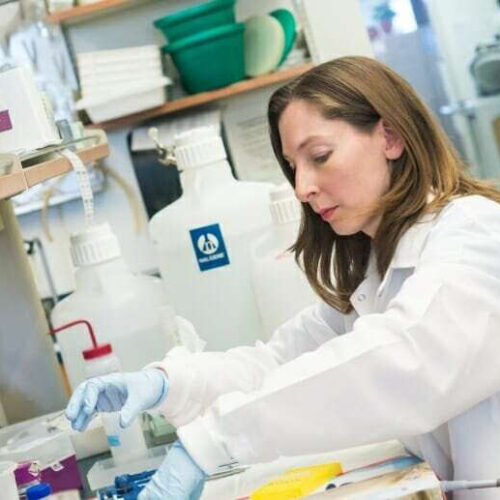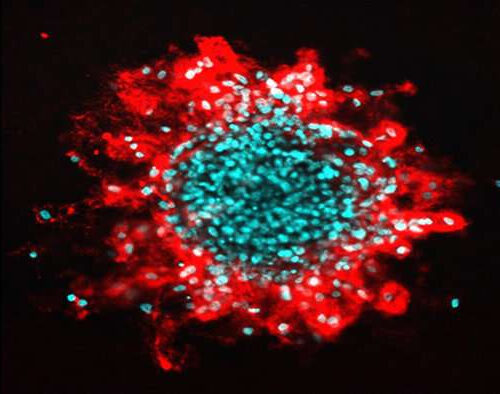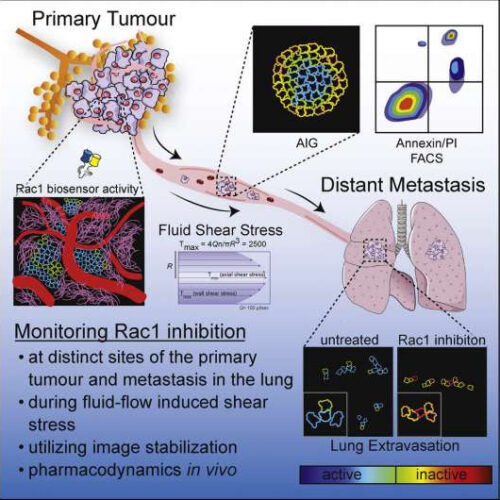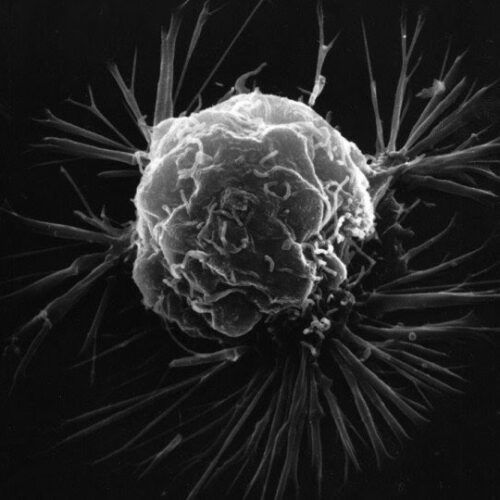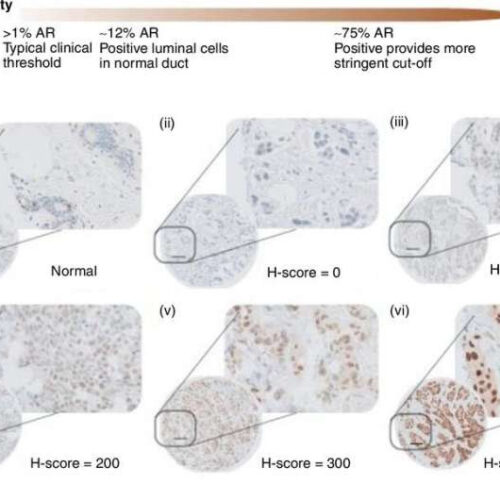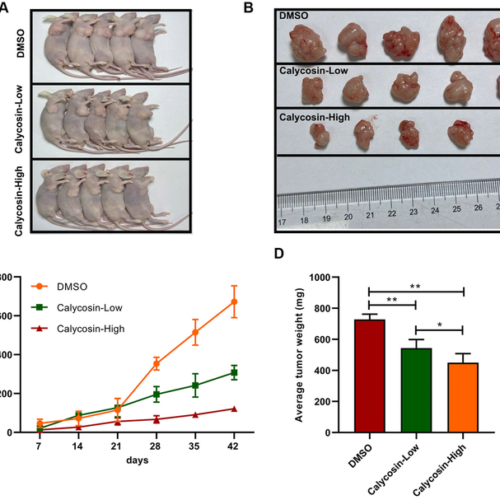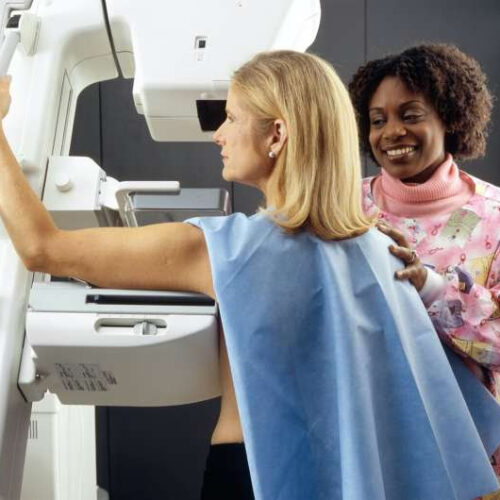RADIOLOGICAL SOCIETY OF NORTH AMERICA IMAGE: EXAMPLES OF DEEP SHAPLEY ADDITIVE EXPLANATIONS (SHAP) OVERLAY IMAGES. MAXIMUM INTENSITY PROJECTION (MIP) IMAGES ARE ON LEFT, AND MIP IMAGES WITH THE SHAP OVERLAY ARE ON RIGHT. POSITIVE SHAP VALUES (RED) SHOW AREAS THAT CONTRIBUTE TO A HIGH PROBABILITY OF LESION PRESENCE, NEGATIVE SHAP VALUES (BLUE) SHOW LOCATIONS WITH...
Tag: <span>Breast Cancer</span>
BLACK WOMEN HAVE NEARLY 3X HIGHER TRIPLE NEGATIVE BREAST CANCER
These types of cancer have a poor prognosis. The analysis of nearly 200,000 patients who received mammograms between 2006 and 2015 across three US health systems underscores the importance of understanding the heterogeneity of breast cancer risk factors for women of differing races, ages, and disease subtypes. The study appears in Cancer Medicine. The cohort included...
Breast cancer researchers learn how to teach an old drug new tricks to help patients
by Chris Malina, University of Wisconsin-Madison Beth Weaver wanted to know if there was a way to predict who would benefit from Taxol and who might not, to spare these patients the side effects of the potent chemotherapy drug. Credit: UW Carbone Cancer Center Paclitaxel, or Taxol, is an old standby drug in the oncologist’s tool...
Ruptures in cell nuclei promotes tumor invasion in breast cancer
by CNRS Image of human tumour cells invading a collagen matrix. The nuclei are stained in blue and the portion of the extracellular matrix degraded by the cells is red. Credit: Guilherme Nader/Institut Curie When cells multiply and migrate, they can be compressed and their nucleus may break open. This phenomenon causes DNA damage. Scientists from...
Advanced imaging reveals breast cancer’s Achilles’ heel
by Garvan Institute of Medical Research Graphical abstract. Credit: DOI: 10.1016/j.celrep.2021.109689 For breast cancer patients, standard-of care therapies become drastically less effective if their tumor has spread to other parts of the body, such as the lung. But a new treatment approach, investigated by a team at the Garvan Institute of Medical Research in experimental models, may help stop breast...
Breast cancer ‘ecotypes’ present new path to personalised treatment
A team led by the Garvan Institute of Medical Research has revealed a new approach for classifying breast cancer subtypes based on their cell profile, which could help personalise treatments for patients. By analysing breast cancer biopsies from patients at Sydney hospitals, the researchers revealed more than 50 distinct cancer, immune and connective cell types and states, which could...
Hormone profiling could be used to improve survival rates for breast cancer
by RCSI University of Medicine and Health Sciences Survival analysis of a TMA of primary breast cancer stained immunohistochemically for AR (n = 844). A, Graphical representation of common cut-off points in AR IHC studies with the bulk of clinical data applying an AR protein expression >1% to denote a positive stain. Normal breast ducts...
Aging-US: Calycosin inhibits breast cancer cell migration and invasion
IMAGE: CALYCOSIN INHIBITED BREAST CANCER CELLS GROWTH IN VIVO. (A, B) CALYCOSIN INHIBITED SUBCUTANEOUS TUMORIGENESIS USING NUDE MICS MODELS. (C) TUMORS VOLUME CURVES OVER TIME. (D) THE AVERAGE WEIGHT OF TUMORS. THE DATA WERE REPRESENTED AS MEANS ± SD. *P<0.05; **P<0.01. CREDIT: YUZHONG ZHENG AND FENGLIAN YANG Aging-US published “Calycosin inhibits breast cancer cell migration and...
New treatment method for breast cancer with less side effects
by Karolinska Institutet Credit: Unsplash/CC0 Public Domain Thomas Hatschek, associate professor at the department of Oncology-Pathology, together with colleagues, has recently published an article in JAMA Oncology showing that a new treatment for breast cancer with an antibody linked to a cytotoxic drug is as good as the previous combination, but with fewer side effects. The development of...
25-year-long study of Black women links frequent use of lye-based hair relaxers to a higher risk of breast cancer
Author Kimberly BertrandAssistant Professor of Medicine, Boston University July 13, 2021, 8.29 am EDT Frequent and long-term use of lye-based hair straightening products, or relaxers, may increase the risk of breast cancer among Black women, compared with more moderate use. Boston University’s Black Women’s Health Study followed 59,000 self-identified African American women for over 25 years, sending...

